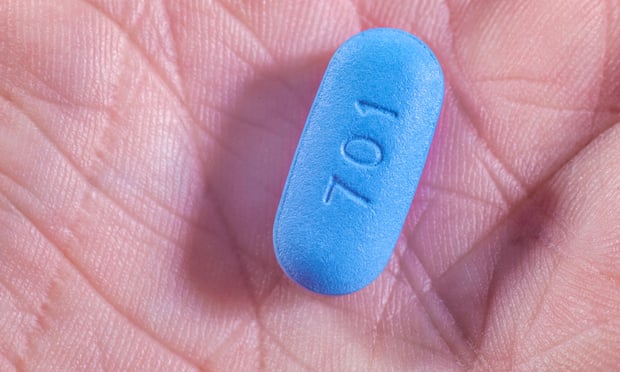4 Facts about PREP that you didn’t know
Just a generation ago, millions of people were scared of HIV because if the virus didn’t kill you, the HIV/AIDS-related complications would. The other reason why people were scared of the virus was that it had no cure.
With the research and money pumped in, scientists have been able to come up with drugs to manage the virus. First, it was the antiretroviral drugs that are used by the already infected.
The latest addition drug to the cure of HIV/AIDS is Pre-exposure prophylaxis (PrEP).
Pre-exposure prophylaxis (PrEP) is a drug for people at high risk for HIV/AIDS infection. The drug is taken daily to prevent HIV. PrEP can stop HIV from taking hold and spreading throughout your body.
When taken daily, PrEP is highly effective for preventing HIV from sex or injection drug use. PrEP is much less effective when it is not taken consistently.
Studies have shown that PrEP reduces the risk of getting HIV from sex by about 99% when taken daily. Among people who inject drugs, PrEP reduces the risk of getting HIV by at least 74% when taken daily.
Here are some of the facts about PrEP that you didn’t know about.
PrEP is for high-risk people
Doctors recommend PrEP for people at high risks of contracting the HIV/AIDS virus.
This includes people with multiple sexual partners, discordant couples and intravenous drug users.
Intravenous drug users are advised to not share needles and use clean needles but if that’s not done, to prevent the risks of contracting the virus, PrEP can be used to keep them safe.
PrEP is not a substitute for safe sex.
Although PrEP reduces the risk of getting HIV from sex by more than 90 percent when taken regularly, people still need to practice safe sex by using a condom.
There is still a limited chance of contracting the virus even when on PrEP. The pill doesn’t prevent Sexually transmitted diseases, Human papilloma Virus and other infections so you still need to take care.
PrEP is not the same as PEP.
PrEP is for people who have not tested positive for HIV but who are at high risk.
PEP or post-exposure prophylaxis is used after possible exposure to HIV. This antiretroviral medication must be taken within 72 hours of possible exposure and continued for four weeks.
Side effects are usually manageable.
Most drugs do have side effects, some being very severe while others are mild and so does PrEP. The most common side effects from PrEP include nausea, headaches and fatigue, which can be tolerated, the effects often diminish over time.
As for long-term effects, the Centers for Disease Control and Prevention says no serious problems were detected in patients who have been on PrEP for up to five years.

Do you have any news or article you would like us to publish? Kindly reach us via outreach@t4d.co.ke or howtodoafrica@gmail.com.

























